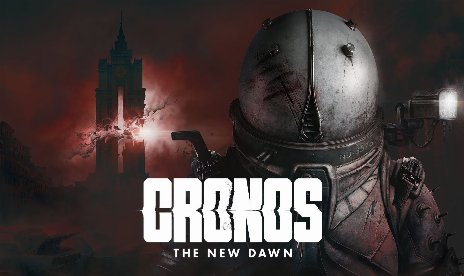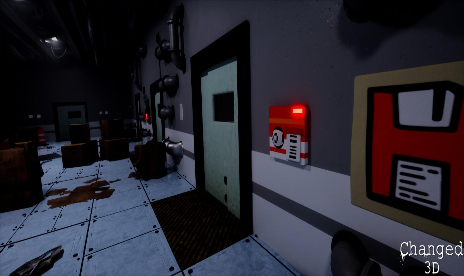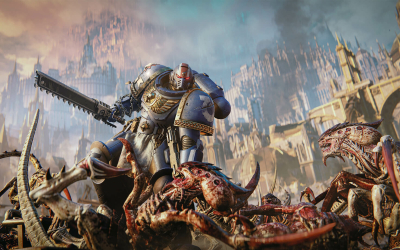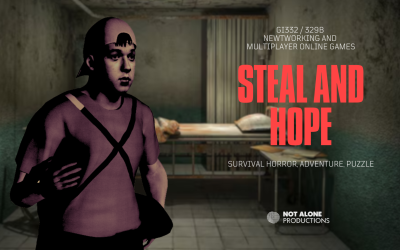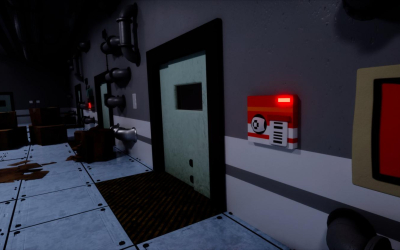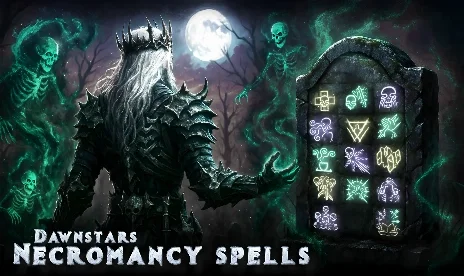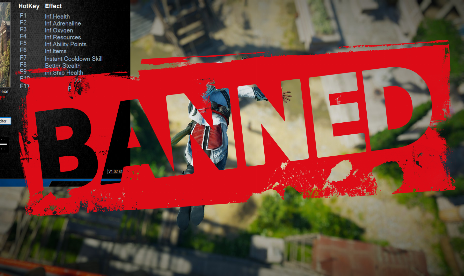What’s the best platform to play retro games on?

Retro gaming is an entire genre in and of itself, encapsulating everything from the earliest Pong titles, to the 80s arcade classics, and ’90s fourth and fifth-generation console releases. Many of those titles were lost to time or held in the sweaty hands of a few collectors around the world for decades, but today there are more ways than ever before to enjoy the thousands of retro games that were released years ago.
But that raises the question of how best to enjoy them. Do you spring for the original hardware on Ebay and take the effort to blow out your cartridges, repair old trackpads and joysticks, and find a compatible cable for your LED 4K TV? Do you opt for a classic collection re-released on Steam or home consoles? Or what about running your own emulator and using ROM files?
There are a whole host of options, each with their pros and cons. Which one is right for you?
Classic collection re-releases
The easiest and one of the cheapest ways to get yourself access to classic games of yesteryear is through re-releases of classic titles, often in collections, on PC or consoles. Whether we’re talking about the Rare Replay or the Sega Genesis Collection, they all offer a number of titles, tweaked and tooled for the modern age.
The biggest plus point of this method is how accessible it is. If you have even a weak laptop or desktop, you’ll be able to run it no problem. The same with any modern day console – or even last-generation, in many cases – and you’ll be able to download a whole host of games from gaming’s past. Better yet, many of these games have been enhanced with save states or options for tweaked gameplay for added challenge and bragging rights.
The downside is you have to play with a modern controller and in playing modern interpretations of the games, you aren’t really playing those classic titles.
PC emulation
Going it alone and using emulators and ROM files was the way most people played retro games for a long time. It’s only in recent years that alternatives appeared.
The most legally dubious of your options, ROM files aren’t necessarily above board, especially if the games have been re-released recently. They are easy to find though, are completely free, and let you make any adjustments you want, including the use of save states if required.
Since you’re playing on PC, there’s also the option of modding in retro controllers for a more classic feel. ROM’s aren’t always perfect though. Bugs, frame rate syncing issues and input lag can affect the way the games play.
If you want to get started with PC emulation, check our collection of emulators here.
Mini consoles
The most recent trend in retro gaming has been to use mini-console re-releases. These systems like the NES and SNES mini, make it so that you can play on classic controllers, on a TV, but without all the bulk of the original hardware.
It’s as close to the original console experience you can have without the original hardware and you save a lot of space too. There’s also the added bonus of save states and all sorts of neat additions that the developers have made to freshen up some of those classic games.
It can be expensive though, with some of the more in-demand systems costing hundreds of dollars. You are also technically just playing on an emulator too, so there’s not a huge real-world difference to just running an emulator on your PC.
Original hardware
As much as it may not be cheap or easy to find all of the kit you need, and much of it may need repairs or cleaning, playing retro games on the original hardware is a real treat for fans of retro gaming. You get the original games how they were meant to be played, original console limitations, and the original controllers that give you the real feel of playing back in the 80s or 90s.
That’s doubly true if you manage to track down and repair an arcade cabinet from that time.
But consoles and cabinets of yesteryear were pretty huge. They were expensive and remain so if rare today. Compatibility with modern displays can also be difficult, so daisy-chaining converter cables together isn’t uncommon.
Conclusion
Each retro gaming method has its pros and cons, but if we have to pick one other the others, we’d probably go with the original hardware. It might be a pain in the ass and an expensive option to go with, but it provides the most authentic experience you can have when playing retro games. Better yet, that hardware and software can increase in value too and may mean your collection is worth something one day.
We can’t guarantee it, but we can guarantee you’ll have a lot of fun putting it all together and when you sit down to play, it’ll be even more of a treat.





![Octopath Traveler 0 v1.0+ (+42 Trainer) [FLiNG]](https://9588947a.delivery.rocketcdn.me/wp-content/uploads/2025/12/OCTOPATH-TRAVELER-0-01-464x276.jpg)

![Yakuza 0 Director’s Cut v1.0+ (+36 Trainer) [FLiNG]](https://9588947a.delivery.rocketcdn.me/wp-content/uploads/2025/12/Yakuza-0-Directors-Cut-01-scaled-464x276.jpg)
